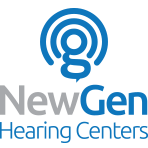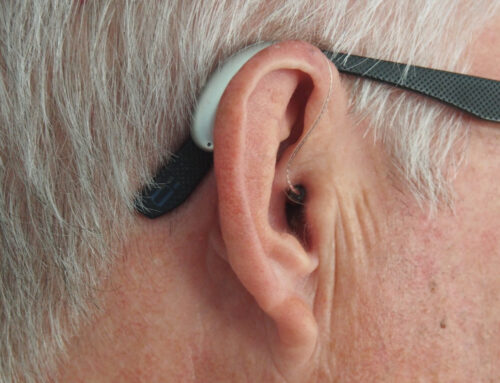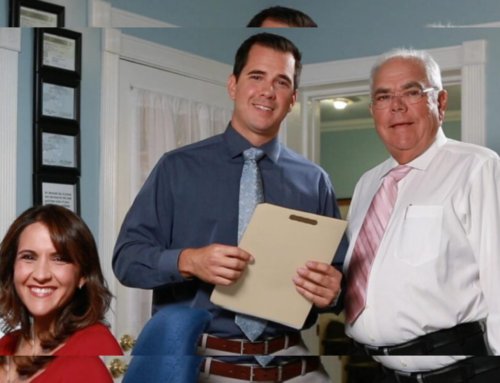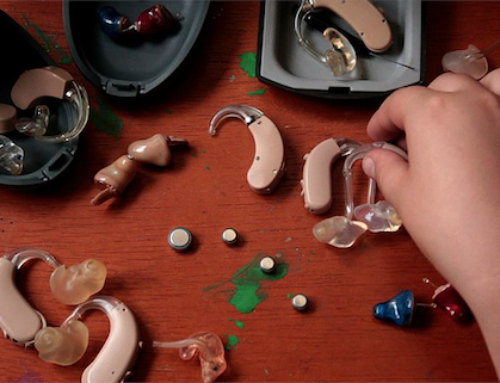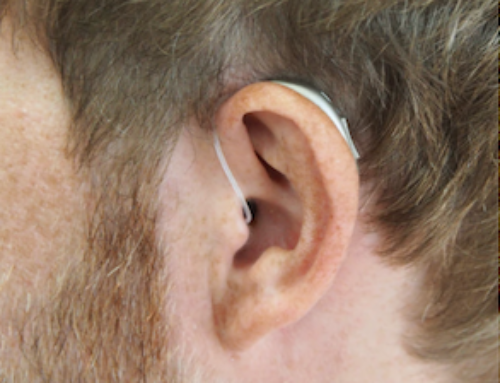
In the event of having an ear infection, it’s important to make sure your hearing aids are taken care of. An ear infection can occur when there is a build-up of fluid in the middle ear, the section of your ear behind the eardrum, causing a bacterial and viral infection. Common causes of ear infections are the common cold, flu, and allergies. Additionally, infection can occur in the outer ear or ear canal, due to exposure to contaminated water or bacteria. Because some hearing aids close up the ear, ear infections can persist with the use of a hearing aid.
What Are The Signs of an Ear Infection?
Signs of an ear infection include pain and swelling. Since hearing aids are custom-fitted to the wearer’s ears, swelling caused by an infection may lead to an improper fit. If the hearing aids do not fit properly, they can cause discomfort and irritation. It also effects the quality in which you hear and briefly changes the acoustics in your ear.
How to protect yourself when you have an ear infection and wear hearing aids?
- First consult your Audiologist or ENT if you suspect an ear infection.
- Clean hearings aids daily to eliminate bacteria.
- Remove hearing aids when possible, to allow ears to breathe.
- Keep ears as dry as possible and dry thoroughly after engaging in water activities
- Keep hearing aids away from moisture as much as possible, especially in the bathroom.
- Follow proper maintenance routines for hearing aids as provided by your audiologist.
If you are experiencing ear infections or having issues with your hearing aid that can lead to an infection, it is important to follow the directions given to avoid further issues. If you have any questions regarding ear infections and hearing aids please call our Miami Hearing Aid experts for a free consultation.
